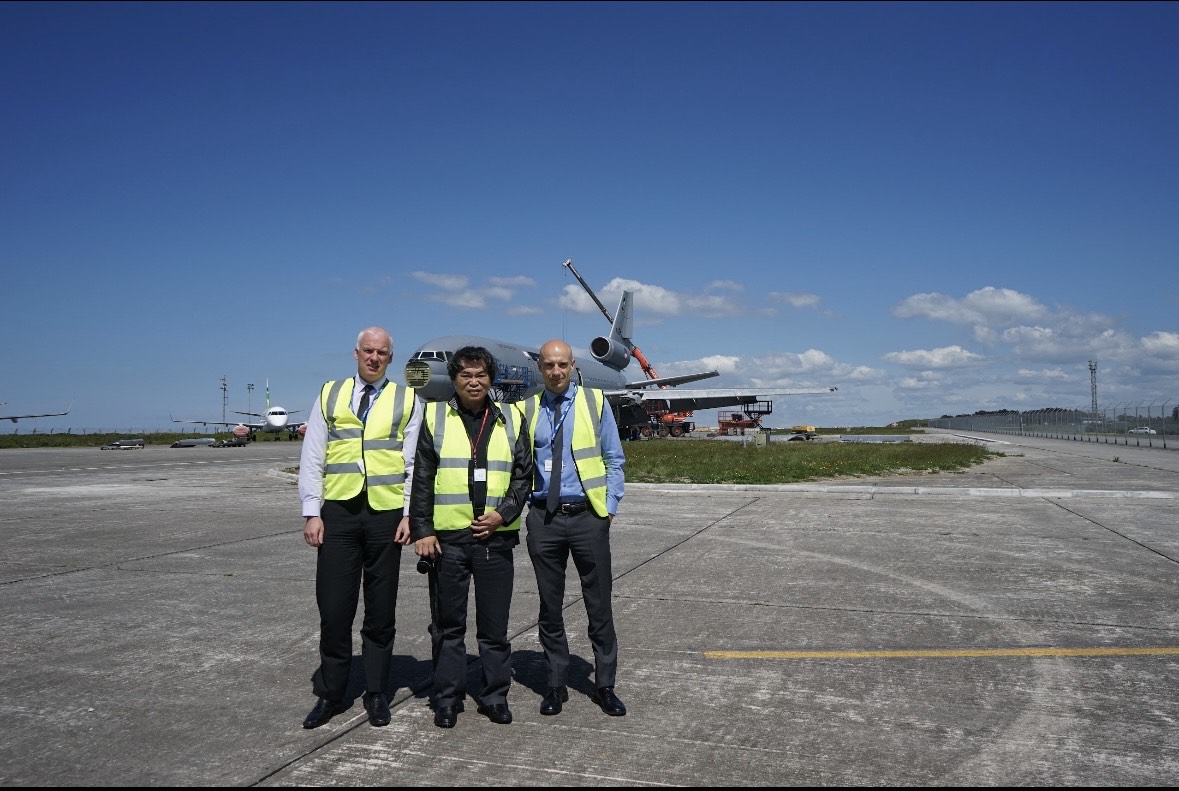
能夠像鳥類一樣在空中飛行一直是人類深藏在內心中的夢想。當古代人類遇到崇山峻嶺、汪洋大海,總會想跟鳥兒一樣輕鬆的飛過去。透過各種神話與傳說去表達與描繪著人類自對己如鳥類一般地翱翔在天際的渴望。隨著社會的發展,人類掌握了一定的手工技術,古代中國人相繼發明了風箏、天燈等可以飛入空中的人造物。進入文藝復興時期後,歐洲的學者們開始以科學的方法探討並嘗試進行載人航空器的設計。
The dream of flying like birds has always been deeply embedded in the hearts of humans. When ancient people encountered towering mountains and vast oceans, they longed to soar over them as effortlessly as birds. Through various myths and legends, humanity expressed and depicted its desire to glide through the sky like birds.
As society developed, humans acquired certain craftsmanship skills. The ancient Chinese successively invented kites and sky lanterns—man-made objects that could ascend into the air. During the Renaissance, European scholars began exploring and attempting to design manned flying machines using scientific methods.
西方歷史正式記載第一次試圖製造航空器的,是十五世紀的達文西(Leonardo da Vinci),他參考鳥類與蝙蝠的翅膀設計過數種航空器。第一架以自身動力上天的飛機,為美國的萊特兄弟所發明。在 1903 年 的 12 月 17 日,美國的威爾伯萊特和奧維爾萊特兄弟,所發明的世界上第一架飛機「飛行者-1 號」,在美國北卡羅萊納州成功飛上天空。第一次的試飛,總共飛行了 36.6 公尺,開創了人類航空史上的新紀元。以此為契機,人類開始在越來越廣闊的天空世界飛行。於是開發出各種各樣的航空器,開創了驚人的航空器時代。
The first recorded attempt to create an aircraft in Western history was made by Leonardo da Vinci in the 15th century. He designed several flying machines inspired by the wings of birds and bats. The first airplane capable of powered flight was invented by the Wright brothers in the United States. On December 17, 1903, Wilbur and Orville Wright successfully launched the world’s first airplane, the Flyer-1, into the sky in North Carolina. The first test flight covered a total distance of 36.6 meters, marking the beginning of a new era in human aviation history. From this moment, humans began to explore the vast expanse of the skies, developing various types of aircraft and ushering in an astonishing age of aviation.
到了18世紀末期,工業革命給自然科學技術的發展注入了強大動力,人類的航空技術也因此開始迅速發展,熱氣球、飛艇、滑翔機和飛機等眾多現代航空器在一個多世紀的時間裡相繼被發明並發展成熟,兩次世界大戰更是進一步刺激了飛機製造業的進步,飛機的作用幾乎決定戰爭的勝負。戰後,航空界出現了巨大轉變,不少飛機用作商業或私人用途,大量退役戰機機師和軍機投入民航服務。
By the late 18th century, the Industrial Revolution injected powerful momentum into the advancement of natural sciences and technology, accelerating the development of aviation. Over a century, numerous modern flying machines, including hot air balloons, airships, gliders, and airplanes, were invented and refined. The two World Wars further stimulated advancements in aircraft manufacturing, as airplanes became decisive factors in determining the outcome of wars. After the wars, the aviation industry underwent significant transformation, with many aircraft being repurposed for commercial and private use, and numerous retired military pilots and planes joining the civil aviation sector.
距萊特兄弟在小鷹鎮那歷史性動力飛行的一刻,至今才短短一百年,飛機和航空器 9 的飛行速度已從十五公里/小時提升至二萬六千公里/小時,推力從九十磅至超過一百萬磅,對全世界而言,飛機和航空器的發展可說是一日千里。航空科學技術是現代高新科學技術的綜合產物,幾乎一切學科門類,如力學、熱力學、材料學、資訊科技、半導體技術,甚至天文、氣象、醫學等都對航空科學的發展進步起到關鍵性的推展作用。到了20世紀中葉以後,人類更進一步踏入了航天領域。現在航空業已經成為人類最前沿、最具影響力的科技和產業領域。
Since that historic moment in Kitty Hawk when the Wright brothers achieved powered flight, only a century has passed. Yet, the speed of aircraft and other flying machines has increased from 15 km/h to 26,000 km/h, and thrust has grown from 90 pounds to over a million pounds. The development of aviation has been astonishingly rapid. Aviation science and technology are the result of modern high-tech integration, involving nearly every field of study, such as mechanics, thermodynamics, materials science, information technology, semiconductor technology, and even astronomy, meteorology, and medicine. Since the mid-20th century, humanity has taken an even greater leap into space exploration. Today, the aviation industry has become one of the most cutting-edge and influential technological and industrial fields in the world.
